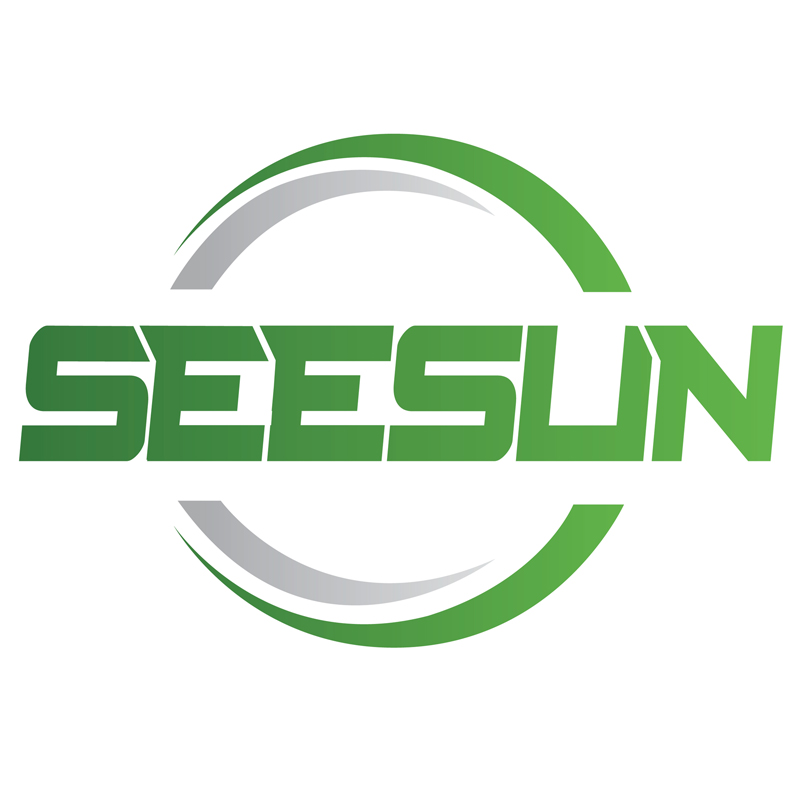Recently, the research data released by the Daqing Photovoltaic Storage Demonstration Base of the Yellow River Company of the State Power Investment Group has brought important information to the photovoltaic industry. This base is located in Daqing, Heilongjiang, where there is an extremely long snow-covered period and the surface reflectivity is also extremely high. Such a special environment is of great significance for the performance testing of photovoltaic modules.
In the comparison of photovoltaic modules with different technical routes, experts found that the old generation of BC modules produced at the end of 2021 had a power generation efficiency of only 20.4% due to insufficient passivation technology, which was similar to the PERC modules at the time. Compared with TOPCon modules, its conversion efficiency is more than 2% lower, the power is 200W less, and the bifaciality is more than 25% lower. Moreover, this old product has been discontinued for a long time and cannot be compared with the current BC modules. However, it is interesting that although TOPCon modules should have more advantages in back-side power generation in such a highly reflective environment, actual tests have found that the power generation per watt of mature TOPCon modules is only 1.16% higher than that of early IBC modules with immature technology, indicating that IBC modules have stronger front-side power generation capabilities.
By 2024, the new generation of BC technology has made significant progress. The bifaciality of photovoltaic modules produced by leading companies generally exceeds 70%, and the efficiency of standard-sized modules reaches 24.4% with a power of 660W. These modules perform better in power generation under temperature changes and weak light environments, and can better resist shadow shading and prevent local overheating, with overall performance leading TOPCon modules. In 2025, BC manufacturers will also launch products with higher bifaciality to further improve power generation capacity. With the large-scale use of these new generation BC products in photovoltaic power stations, the power generation cost of the photovoltaic industry is expected to decrease, ushering in a new round of technological upgrades.
At the same time, the three-year data of the Daqing Photovoltaic Storage Demonstration Base also answered the question of how to evaluate the power generation performance of bifacial modules. Data shows that in high-reflection scenarios, the ratio of PV module back irradiation to front irradiation fluctuates between 12.87% and 13.94%. Although this ratio varies in different scenarios, the rules are similar, such as the snow reflectivity of up to 50% to 60%. In 2024, the back irradiation ratio of the inclined surface is 12.87%, slightly lower than 13.94% in 2022 and 13.79% in 2023.
The industry standard IEC 61215 proposes a reference irradiation condition for bifacial module nameplate calibration, called bifacial nameplate irradiance (BNPI), which means that the front of the module receives 1000W/m² of light and the back receives 135W/m² of light. Other test conditions are the same as standard test conditions (STC). The 13.5% back light utilization rate specified in this standard meets most ground application scenarios and is consistent with the empirical data of the Daqing base. This shows that the performance of bifacial modules cannot be judged by the bifaciality alone. Under the same conditions, the overall performance of HPBC 2.0 is better than that of TOPCon and HJT. HPBC 2.0 has a front power of 670W, a bifaciality of 75%, and a front-back combined power of 737.84W; TOPCon has a front power of 630W, a bifaciality of 80%, and a front-back combined power of 698.04W; HJT has a front power of 635W, a bifaciality of 85%, and a front-back combined power of 707.87W.
